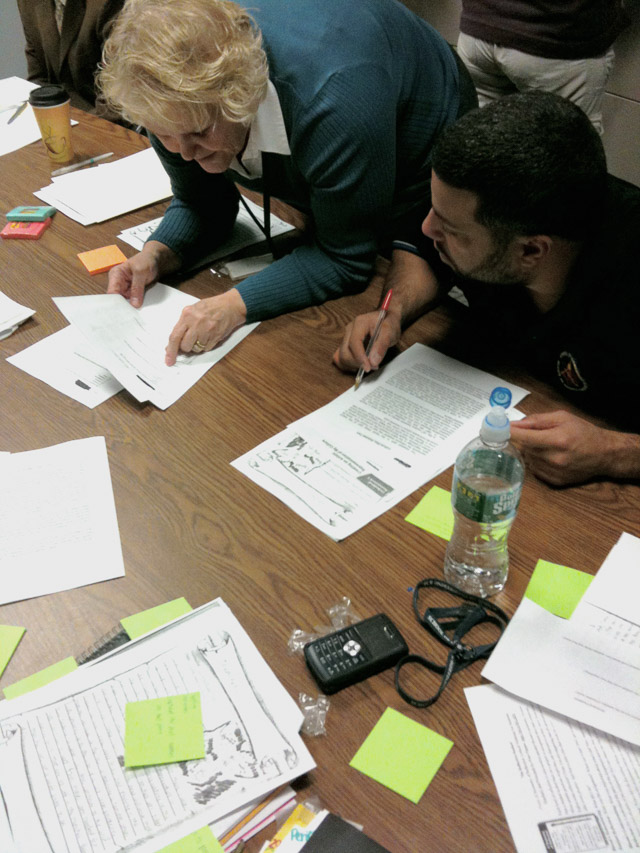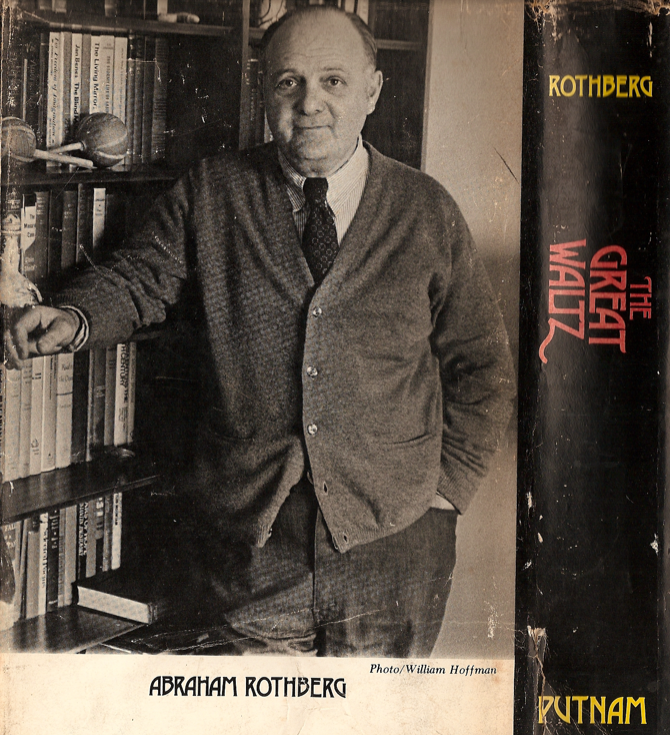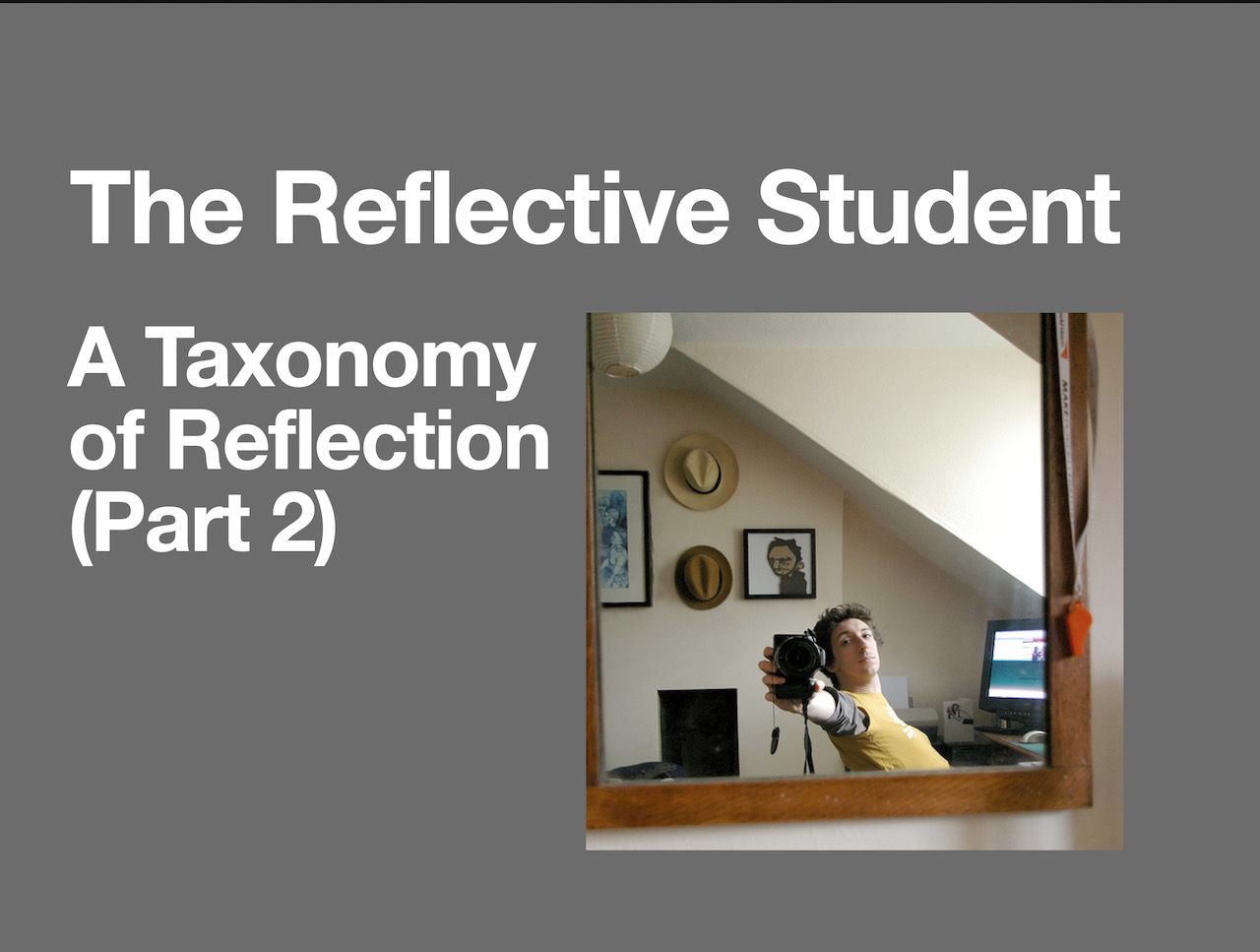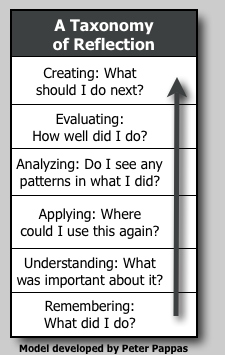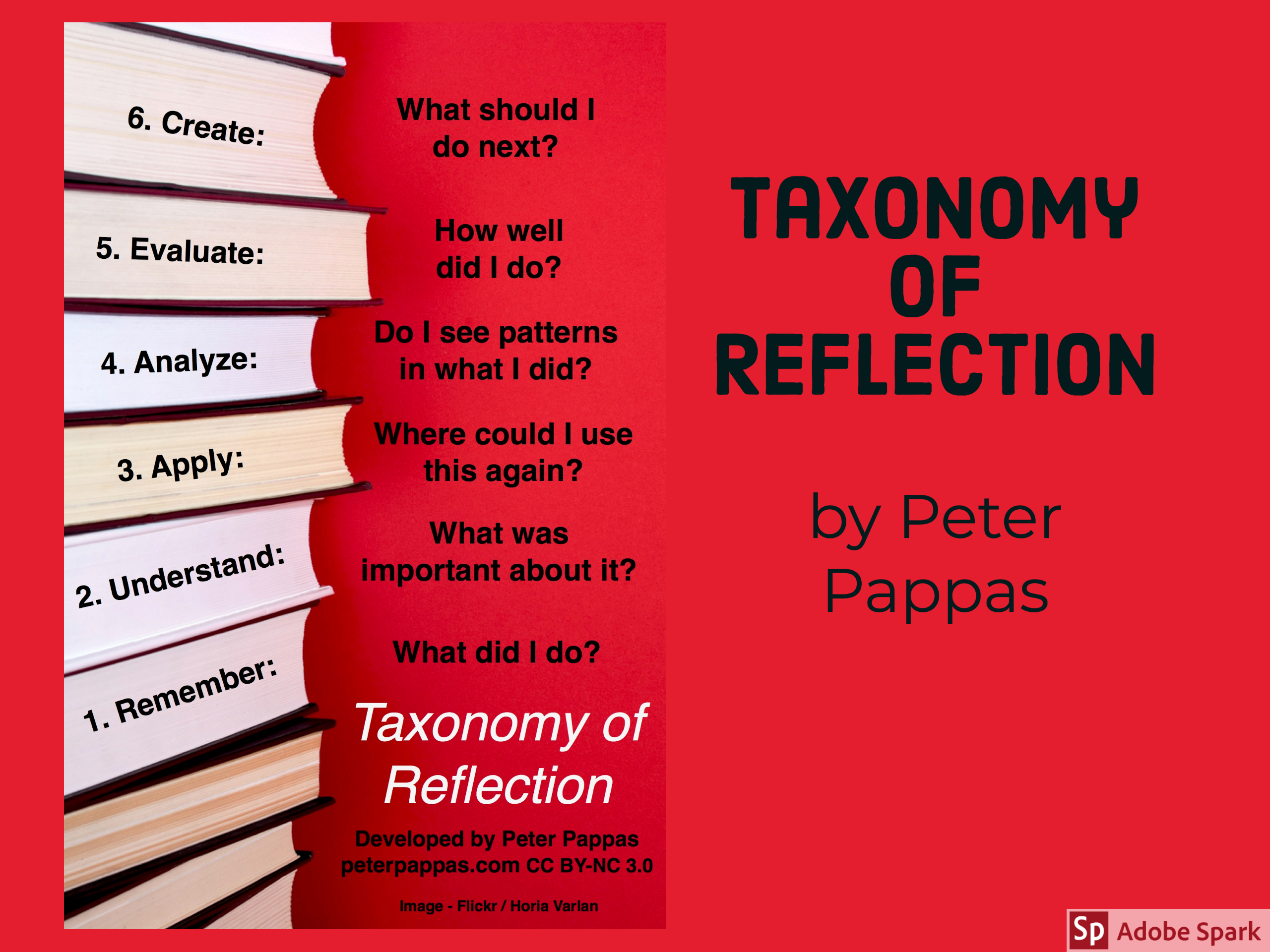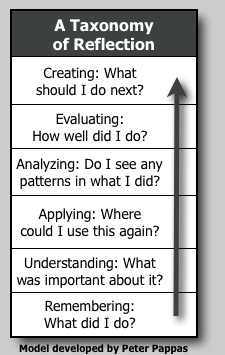For the last few years, I’ve been working with a high school that serves a population of high-poverty, urban students. In my previous visits we have looked at strategies to get students to function at higher levels of thinking (rigor) and with more responsibility for their learning (relevance) in a workshop setting, make-take sessions, and in classroom walkthroughs. The centerpiece of our third series of sessions is looking at student work. I met with teachers over three days in groups of 5-6 in 2 hour sessions. A rotating pool of subs covered classes. Some groups were structured by content area, others were interdisciplinary. Both configurations gave us interesting perspectives to review samples of student work and use them as a springboard for collegial discussion. Most importantly, teachers supported each other in school-embedded professional development.
Teachers were asked to bring two assignments with at least two samples of student work for each task. When possible, teachers brought in copies of the material to share among the team. Many brought writing samples or other assignments that offered students some freedom in how they approach the task. Extended responses or assignments that required students to explain their thinking led to the most rich discussions. Since the school has a major CTE component, some teacher brought in manufacturing projects.
The process
Each teacher began by giving a brief background to their artifacts – course, students, context of the assignment. We then spent about 45 minutes individually reviewing the sample assignments / responses. Teachers were supplied with sticky notes to make observations on the student work. This provide useful feedback to the originating teacher. Many teachers shared their impression verbally via informal side conversations.
I then guided teachers a discussion using four levels of prompts We kept our conversations focused on the evidence found in student work – rather than specific students or teachers.
Level 1: The Details: What details do you see in the student work – voice, content, organization, vocabulary, mechanics?
Level 2: The Student’s Perspective: Looking at the work from the student perspective – what was the student working on? What were they trying to do? What level of thinking were they using? What choices were they making about content, process, product, or evaluation? How much responsibility do they take for – what they learn, the process they use, and how they evaluate it?
Level 3: Patterns and Conclusions: Do you see any patterns across the samples of student work? Did you see anything that was surprising? What did you learn about how a student thinks and learns?
Level 4: What’s Next? What new perspectives did you learn from your colleagues? What questions about teaching and learning did looking at student work raise for you? As a result of looking at student work, are there things you would like to try in your classroom to increase rigor, increase relevance, promote reflection?
Teacher Responses
Teachers were also provided with written version of the prompts so that they could write their feedback. Here are some of the comments / questions raised by teachers. For more on how I used my iPhone Dragon Dictation program to gather comments click here.
- Choice is motivation!
- I need to devote more time to students reading and evaluating each others work.
- We need more sessions like this one. It’s great to hear different perspectives on the same groups of students.
- Am I making my expectations clear? Can they see the value in the assignments?
- I’d like to add a student reflection every each day.
- I’m seeing new ways of looking at / evaluating student work.
- When students create for themselves, they see greater value in their work.
- I’ve got ideas how to make learning more independent, interactive – I want to stress more project, inquiry based instruction.
- We need to reinforce the idea of more “open” solutions to projects and assignments.
- Students are accustomed to answering questions that require memorization of facts and formulas, but the work that reflected student understanding used higher-level questions and left room for student interpretations.
- Incorporating reflection into answers reinforces the fundamental concepts
- This session helps us develop consistent expectations throughout the school
- This is a great model for sharing – must be efficient and concise like this so teachers are willing to participate.
- What are we expecting our students to know and be able to do in preparation for the global society?
The National School Reform Faculty has many resources for looking at student work that helped me in developing my process and questions. Thanks! Additional kudos to dear friend and colleague, Patricia Martin for helping me to frame the workshop.
Like this:
Like Loading...
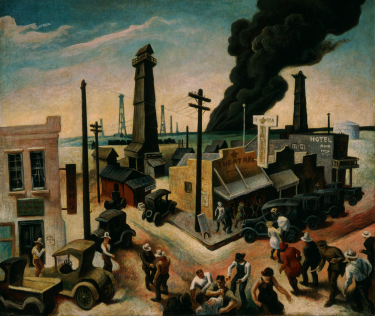 The Education department at the University of Rochester’s Memorial Art Gallery has just launched a new web feature which pairs works of art with teaching strategies.
The Education department at the University of Rochester’s Memorial Art Gallery has just launched a new web feature which pairs works of art with teaching strategies. 
